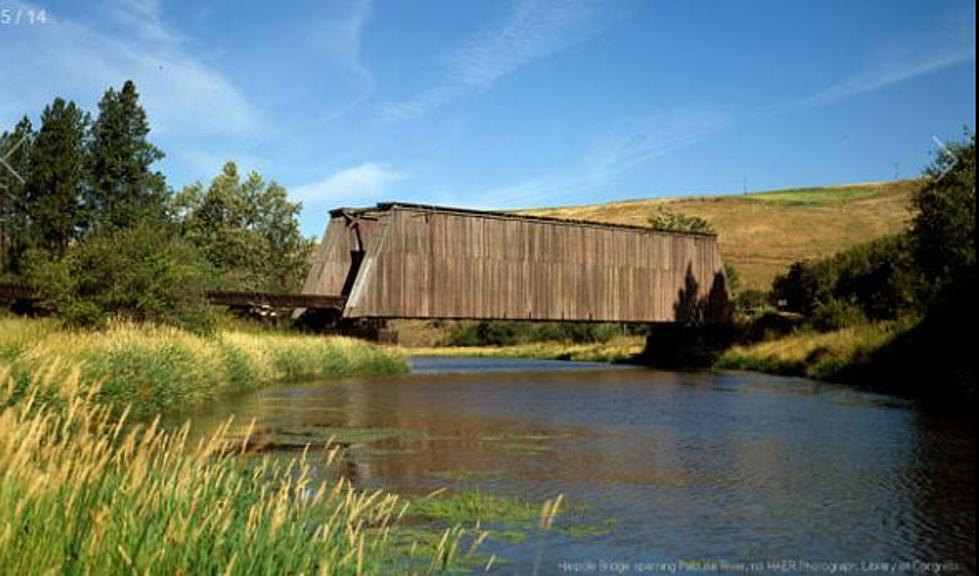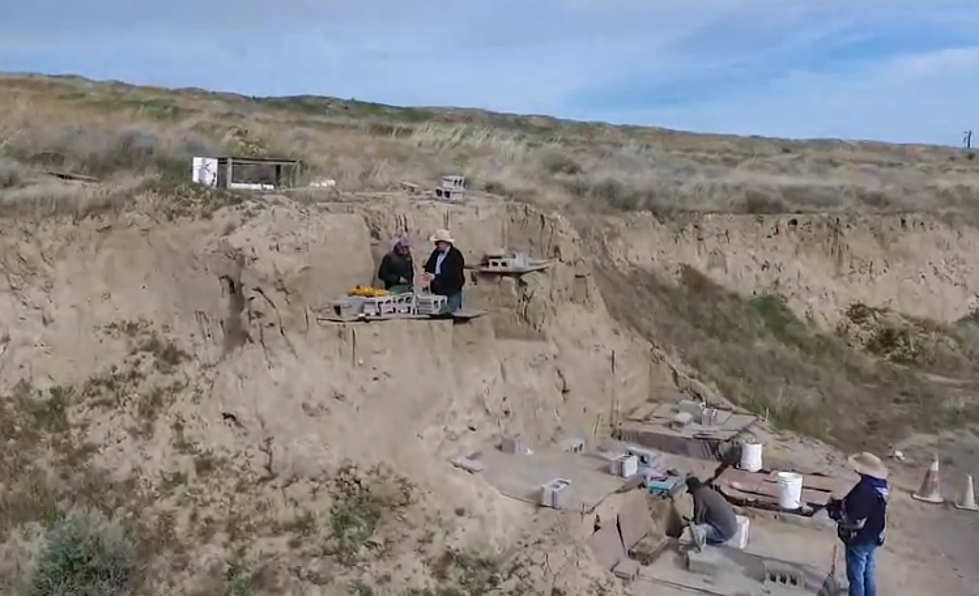
Nov. 7 Is Anniversary of HUGE Washington State Bridge Collapse-VIDEO
Unless you pay close attention to history, you might not be aware that one of the biggest bridge collapses in history happened 76 years ago, November 7th, in Washington state. The Tacoma Narrows Bridge, which linked the city to the Kitsap Peninsula, flew apart under high winds on this day in 1940. This picture, shot just before the collapse, shows the 'ripple' in the deck as the bridge was fluttering.
After years of study and appropriations, the bridge, which resembled the Ed Hendler Cable Bridge and the San Francisco Golden Gate Bridge, opened on July 1st 1940. Even during the last phases of construction, the structure was nicknamed Galloping Gertje by construction workers, because of it's tendency to sway or move vertically in windy conditions. Known as areoelastic flutter, this condition was caused by the design of the bridge.
The wind would sweep through the Tacoma Narrows, and cause the bridge to 'roller coaster' and twist up and down. At the time of it's opening, it was the third longest suspension bridge in the U.S. behind the Golden Gate and George Washington.
November 7 1940, 40-plus mile per hour winds were whipping through the area, causing the flutter. But this time, it became violent. There was only one car on the bridge at the time, driven by Leonard Coatsworth, who worked for the Tribune Newspaper. Around 11am, the bridge began to come apart, as Coatsworth abandoned his car, which can be seen in a remarkable video shot of the collapse. He ran crawled and scrambled off the bridge just in time, but his dog perished in the car when it and the bridge plunged into 180 feet of water. The dog was scared and refused to leave the car.
The collapse was captured on film by an amateur photographer Barney Elliot, a Tacoma camera store owner. He had hoped to capture footage of the bridge whipping around in the wind, but had no idea he would capture one of the biggest news stories of the decade. The film is still shown to engineering students as a precaution about making sure their calculations are correct!
It collapsed because the engineering did not allow for wind passage through the structure. Because the bridge was suspended, or hanging, the wind was able to lift it up and down, eventually resulting in failure of the cables and deck.
The collapse, experts say, led to breakthrough engineering and design information that's used in hundreds of major construction projects, especially bridges, even today. Fortunately, nobody had to die for them to learn an important lesson in physics and design.
After World War II, a replacement bridge was built using the existing structure and pillars of the old bridge. A newer modern replacement bridge opened right next to the old one in 2007.
Watch this remarkable 16mm film of just how wild the bridge collapse was! (Courtesy of Laughingpiece Productions-FreeFilmFlix.com via YouTube)
More From 870 AM KFLD









